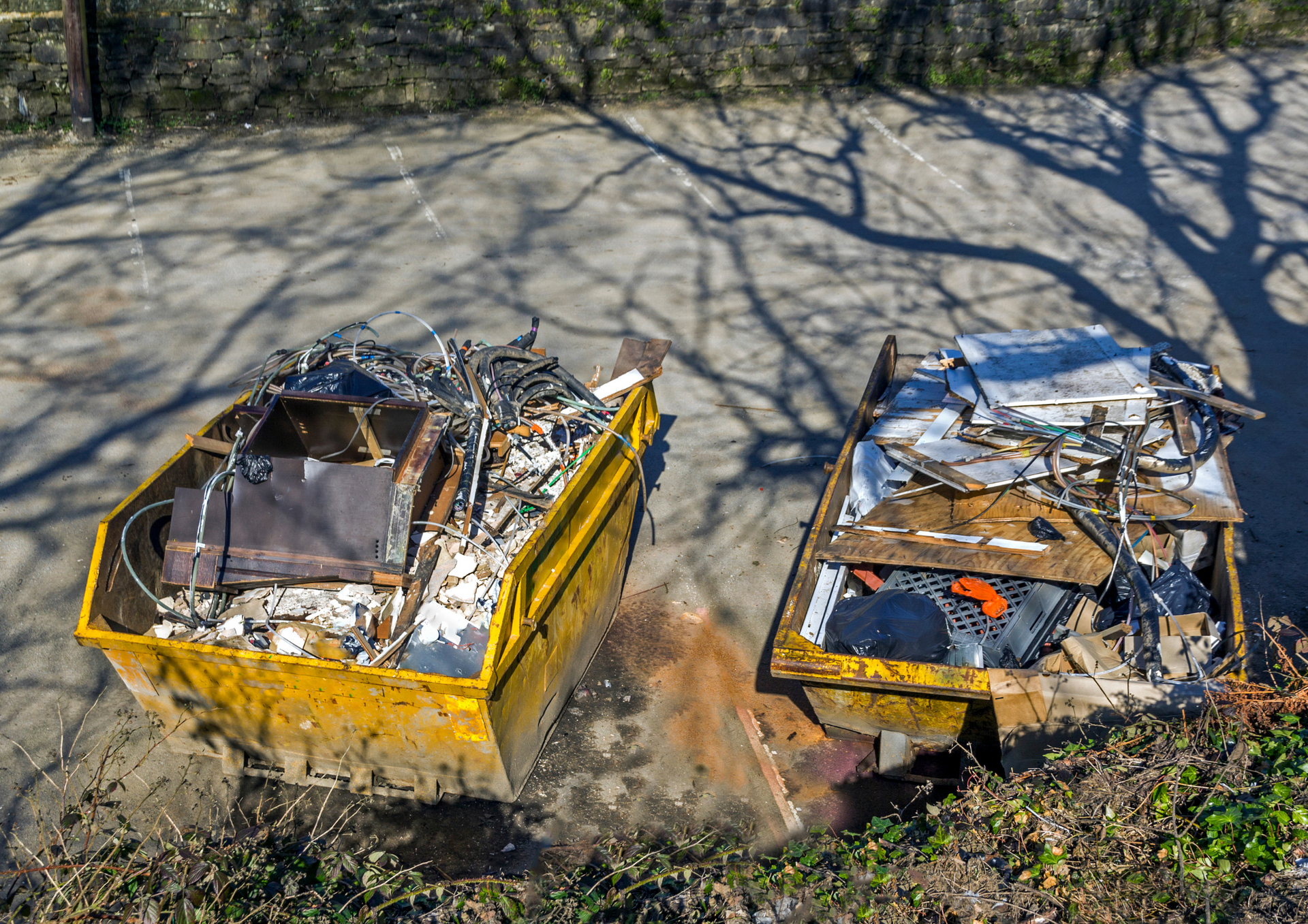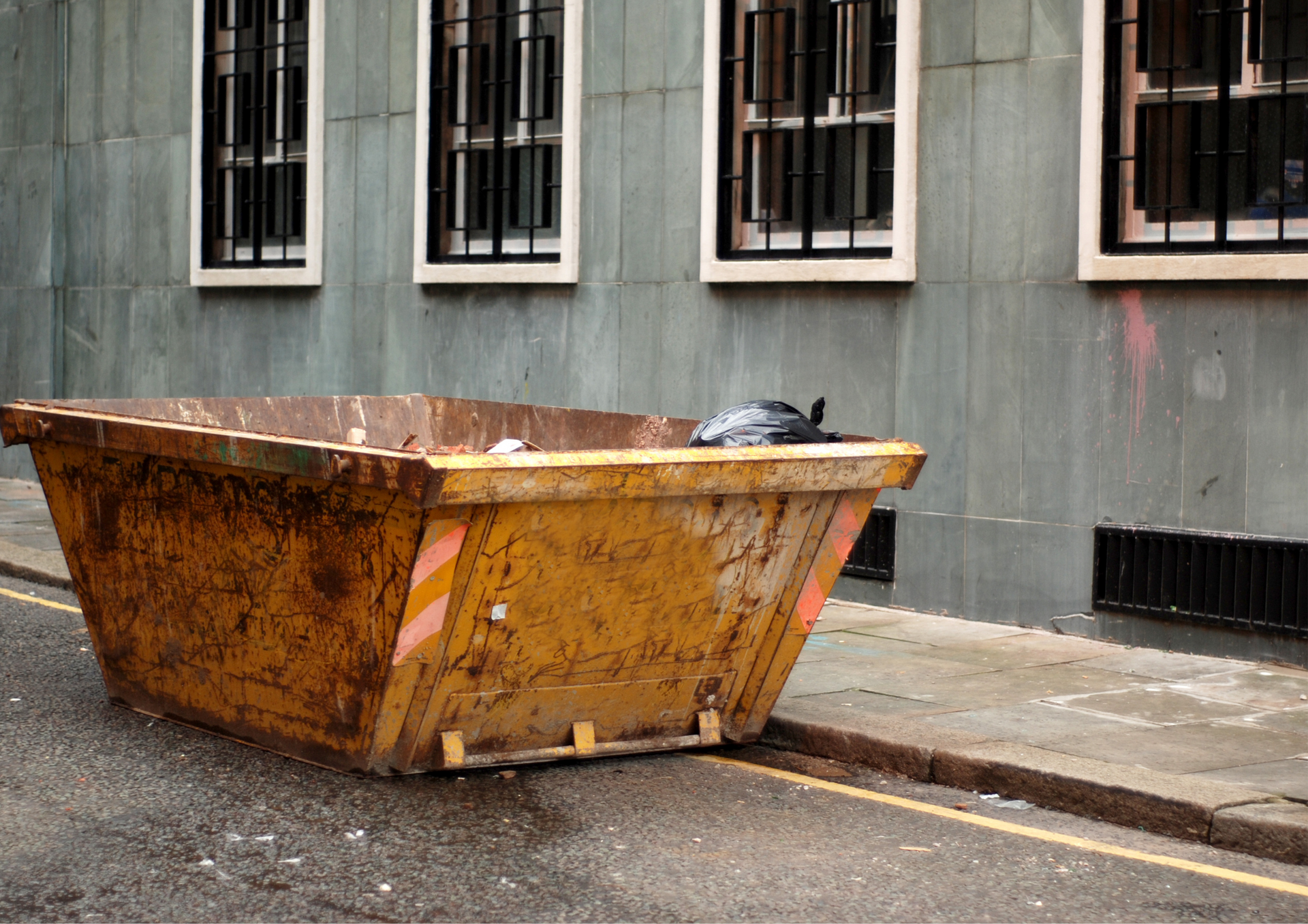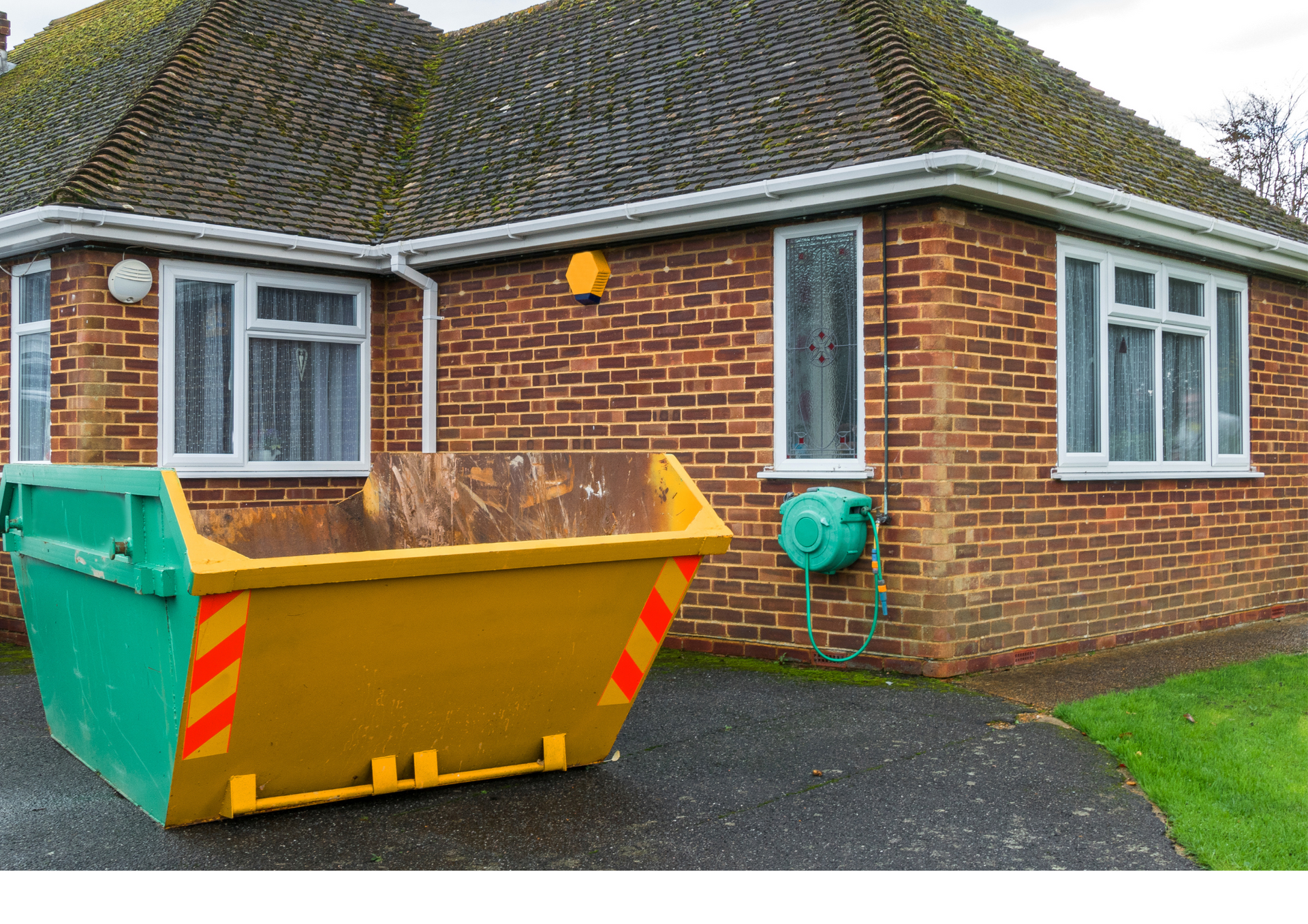Guide to Choosing the Perfect Skip Hire Size for Your Project
When starting a renovation, construction, or large-scale clean-up project, managing waste efficiently is just as important as the build itself. Choosing the right skip hire size can save you both time and money while keeping your site clean, compliant, and environmentally responsible. Whether you’re a homeowner, business owner, or contractor, understanding skip sizes helps you make an informed decision and prevents the frustration of hiring a skip that’s either too small or unnecessarily large.
This guide walks you through the essentials of skip sizes, helping you pick the ideal one for your project — no matter where you are in the UK.
Understanding Skip Hire Sizes and Their Uses
Before choosing a skip, it’s essential to know how skip sizes are measured. Skips are typically sized in cubic yards, representing how much waste they can hold. One cubic yard is about the size of a standard washing machine. Skips can range from small, compact options for minor home clearances to large industrial ones for construction sites.
Smaller skips are excellent for household projects such as bathroom or kitchen renovations, garden tidy-ups, or decluttering. Larger skips, on the other hand, are ideal for commercial operations and extensive refurbishments.
When selecting a skip, always consider the type and amount of waste you’ll produce. Some materials, such as soil, bricks, or rubble, are heavy and may quickly exceed a skip’s weight limit even before it’s full. In such cases, it’s better to choose a medium-sized skip that balances volume with weight restrictions.
Another crucial aspect to keep in mind is accessibility. Ensure that the skip can be conveniently placed on your property or near the worksite. If you need to position it on a public road, you’ll likely require a council permit — something your skip provider can usually help arrange. By understanding the basic principles of skip sizing and waste types, you set the foundation for an efficient and cost-effective skip hire experience.
Common Skip Sizes and What They’re Best For
The 4 yard skip is a compact and practical option often chosen for small domestic projects. It’s perfect for garden waste, bathroom refits, or modest DIY jobs that produce limited amounts of debris. Despite its smaller size, it offers enough capacity to handle several bin bags of waste without taking up too much space on your property.
A 6 yard skip is one of the most popular choices among both homeowners and small contractors. It’s large enough to manage waste from kitchen or single-room renovations, yet still small enough to fit comfortably on most driveways. Often referred to as the “builder’s skip,” this size is ideal for medium-sized renovation projects or partial house clearances.
When you move up to an 8 yard skip hire, you’re entering the range commonly used on construction sites or larger renovation projects. It’s spacious enough for bulky materials like timber, bricks, and metal waste, yet still manageable for residential use. If you’re replacing flooring throughout your home, undertaking a loft conversion, or clearing a large garden, this size provides excellent value and efficiency.
For extensive commercial or industrial projects, the 12 yard skip offers generous capacity. It’s well-suited for office clear-outs, shop refurbishments, and event clean-ups where bulky, lightweight materials — such as packaging, cardboard, or furniture — are involved. This skip size minimises the need for multiple collections, saving time and logistical effort on high-volume jobs.
By understanding these key skip sizes and their common uses, you’ll have a clearer idea of which option best fits your needs. The right choice ensures your waste is managed effectively without unnecessary expense or environmental impact.
Factors to Consider Before Hiring a Skip
Selecting the right skip isn’t only about volume. There are several practical and legal considerations that can influence your decision.
Type of Waste:
Not all waste can be disposed of in a standard skip. Items such as electrical appliances, batteries, tyres, asbestos, and hazardous materials require specialised disposal. Mixing these with general waste can lead to additional charges or legal complications. Always check with your provider to confirm what’s acceptable before loading your skip.
Available Space:
Assess your site to determine where the skip can be placed. If space is limited, you may need to choose a smaller skip or arrange multiple collections. Ensure there’s enough room for the delivery truck to drop off and pick up the skip safely.
Duration of Hire:
Think about how long your project will take. Most companies offer flexible rental periods, but exceeding the agreed timeframe might incur additional costs. Planning your project schedule carefully ensures you get the most value from your skip hire without unnecessary delays.
Environmental Responsibility:
Reputable providers prioritise recycling and proper waste disposal. By choosing a professional company, you contribute to reducing landfill waste and promoting sustainable practices. It’s worth asking how much of your waste will be recycled or repurposed — many reliable services recycle over 90% of collected materials.
Permits and Regulations:
If your skip will be placed on a public road or pavement, local authorities usually require a permit. These permits ensure public safety and proper placement. Many skip companies handle this process on your behalf, simplifying the paperwork and ensuring compliance.
Considering these factors in advance helps you avoid common pitfalls and ensures a smooth, stress-free experience from delivery to collection.
Tips for Getting the Most Out of Your Skip Hire
Once you’ve chosen the right skip size, a few simple strategies can help you maximise its use and efficiency.
Load Strategically:
Start with flat items at the bottom, such as wood or cardboard, to create a stable base. Place heavier materials like bricks and rubble on top of that layer, and finish with lighter waste such as plastic or packaging. This method ensures an even weight distribution and safer transport.
Avoid Overfilling:
While it may be tempting to pile waste above the skip’s edges, overfilling is unsafe and often illegal. Most collection services will refuse to remove overloaded skips for safety reasons. If you suspect your waste will exceed capacity, it’s best to arrange for a second skip or choose a larger one from the start.
Separate Recyclables:
Although skips are sorted at recycling centres, separating materials like metal, glass, and plastic beforehand can make the process more efficient and environmentally friendly. It may also reduce your overall disposal costs, depending on the provider’s recycling policy.
Plan for Delivery and Collection:
Coordinate the timing of your skip delivery with your project schedule. Having it delivered too early may cause unnecessary obstruction, while late delivery can delay your work. Likewise, arrange prompt collection once it’s full to keep your site safe and tidy.
Work with a Trusted Provider:
Choosing a reliable skip company makes all the difference. Look for one with transparent pricing, responsive customer service, and a proven track record of compliance and professionalism. This ensures that your waste is handled legally and responsibly — and that you can focus on your project with peace of mind.
Choosing the right skip size is a key part of managing any project efficiently — whether you’re overseeing a large construction job, renovating your home, or organising a major event. By understanding the range of available sizes, considering your specific waste needs, and working with a reputable company, you’ll avoid unnecessary costs and ensure responsible waste disposal.
At
Skip Hire Newcastle, we’re dedicated to providing reliable, affordable, and environmentally responsible waste management solutions for every need. With a wide range of skip sizes, prompt delivery, and expert advice, we make the process simple and stress-free from start to finish.
Our team understands that every project is unique — whether it’s a small home renovation or a large-scale commercial development. That’s why we offer tailored recommendations, ensuring you get the most suitable skip at the best possible rate.
New update on X: Guide to choosing the perfect
skip hire size for your project!





